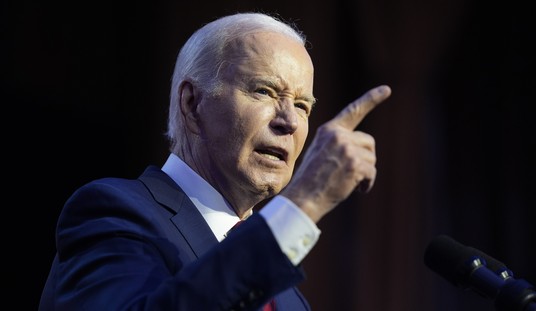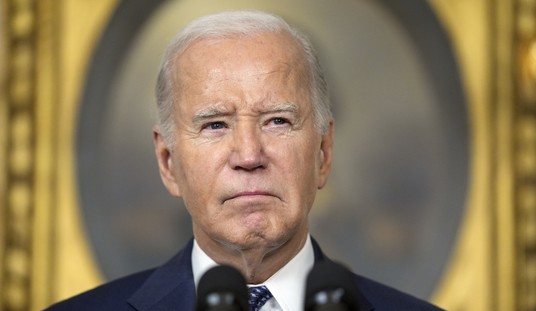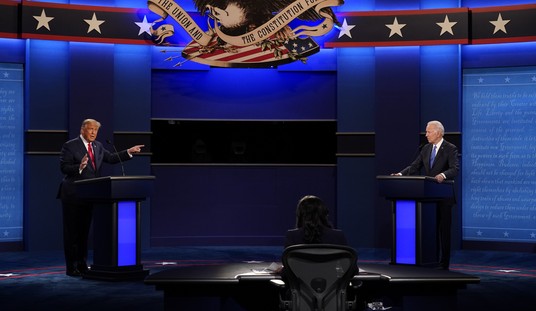I’ve written about the negative relationship between government spending and economic performance, but most of my focus is on “macro” issues such as the overall diversion of resources from the productive sector to government.
This leads to the misallocation of labor and capital, I’ve explained, which means the economy isn’t as efficient and living standards stagnate.
But, with the exception of some posts about the harmful impact of unemployment insurance (including evidence that Paul Krugman and Larry Summers used to be on the right side before politics clouded their judgment), I’ve rarely explained this story from a “micro” perspective.
Fortunately, Professor Casey Mulligan of the University of Chicago has done some very solid work on this issue, some of which he recently wrote about in the New York Times.
The social safety net became more generous under Presidents George W. Bush and Barack Obama, and as a result massively altered employment patterns in the labor market. …public moneys have recently been used to help the unemployed, the poor and the financially distressed endure the recession, but at the same time have dramatically eroded incentives for people to maintain their own living standards by seeking, accepting and retaining jobs, as well as incentives for employers to create jobs that are attractive to workers.
This makes sense to me. After all, Bush was a reckless big spender, just like Obama.
And we also know that if you make work less attractive and idleness more attractive, bad things will happen.
But Prof. Mulligan actually measures the net impact.
Recommended
As a result of more than a dozen significant changes in subsidy program rules, the average middle-class non-elderly household head or spouse saw her or his marginal tax rate increase from about 40 percent in 2007 to 48 percent only two years later. Marginal tax rates came down in late 2010 and 2011 as provisions of the American Recovery and Reinvestment Act expired, but still remain elevated – at least 44 percent. …A few households even saw their marginal tax rates jump beyond 100 percent – meaning they would have more disposable income by working less. …work incentives were eroded about 20 percent for unmarried household heads…in the middle of the skill distribution, while they were eroded about 12 percent among married heads and spouses…with the same level of skill.
So what’s the bottom line? Well, Prof. Mulligan concludes that government policy hurt everybody, but it did the most damage for those least able to endure hardship, the low-skilled and unmarried.
The fact that marginal tax rates rose so differently for various groups means not only that redistributive public policy depressed the labor market but has also sharply, and arbitrarily, altered the composition of the work force in the direction of people who are married and more skilled.
This final point is worth contemplating for those who are still in post-election-analysis mode. Welfare state programs trap people in dependency. People in that situation naturally worry about who will take care of them, which makes them easily susceptible to snake-oil politicians who promise endless handouts financed by taxes on the so-called rich.
Some otherwise sensible politicians are reluctant to say no when asked to expand the welfare state because they fear it will hurt them at the polls. That’s definitely a possibility, but creating more dependency is a guaranteed way of making it harder to win future elections.
The moral of the story: Big government is bad for the poor.
Second moral of the story: Entitlement reform is good policy…and good politics.
Obama’s “Freedom” Manifesto and Where It Leads
Other than the famous “riding in the wagon” set, the most-viewed cartoon on this blog is this one about Obama and self-imposed headwinds.
Now we have our first cartoon of the Christmas season!
This isn’t the theme of government as Santa Claus. It is government as Santa Claus.
And where does this approach lead? Well, this Eric Allie cartoon provides a road map.
You can see some previous Allie cartoons here , here, here, here, and here.




























Join the conversation as a VIP Member